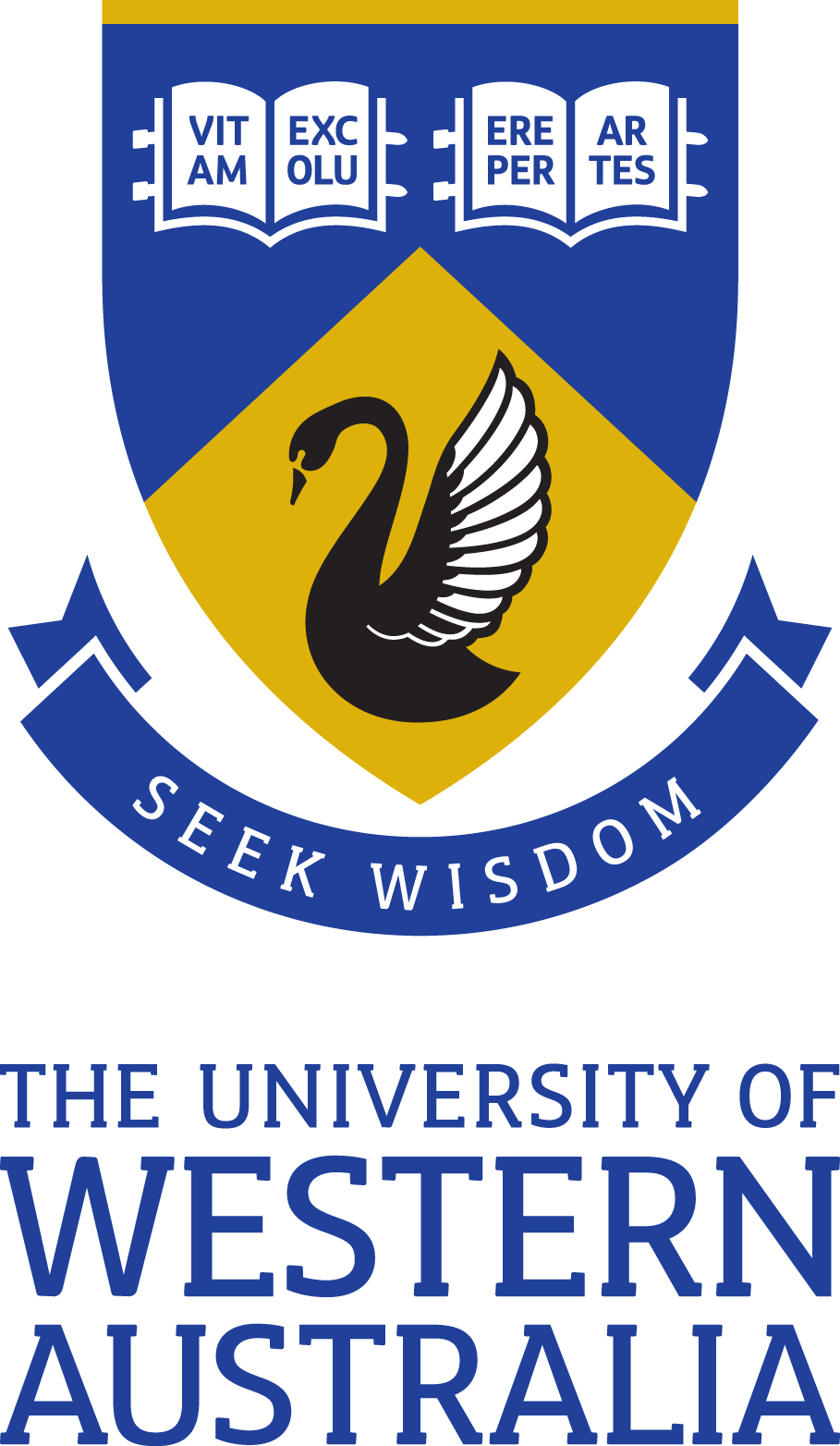Full description
The identification of species and population boundaries is important in both evolutionary and conservation biology. In recent years, new population genetic and computational methods for estimating population parameters and testing hypotheses in a quantitative manner have emerged. Using a Bayesian framework and a quantitative model-testing approach, we evaluated the species status and genetic connectedness of bottlenose dolphin (Tursiops spp.) populations off remote northwestern Australia, with a focus on pelagic 'offshore' dolphins subject to incidental capture in a trawl fishery. We analysed 71 dolphin samples from three sites beyond the 50 m depth contour (the inshore boundary of the fishery) and up to 170 km offshore, including incidentally caught and free-ranging individuals associating with trawl vessels, and 273 dolphins sampled at 12 coastal sites inshore of the 50 m depth contour and within 10 km of the coast. Results from 19 nuclear microsatellite markers showed significant population structure between dolphins from within the fishery and coastal sites, but also among dolphins from coastal sites, identifying three coastal populations. Moreover, we found no current or historic gene flow into the offshore population in the region of the fishery, indicating a complete lack of recruitment from coastal sites. Mitochondrial DNA corroborated our findings of genetic isolation between dolphins from the offshore population and coastal sites. Most offshore individuals formed a monophyletic clade with common bottlenose dolphins (T. truncatus), while all 273 individuals sampled coastally formed a well-supported clade of Indo-Pacific bottlenose dolphins (T. aduncus). By including a quantitative modelling approach, our study explicitly took evolutionary processes into account for informing the conservation and management of protected species. As such, it may serve as a template for other, similarly inaccessible study populations.,Allen_et_al_IBDIBD analysis using microsatellite data and geographic distancesAllen_et_al_Microsat_DataMicrosatellite data (recoded). For original scores please contact Michael Krützen ([email protected])Allen_et_al_infile_migrate-n_analysisInput_file_migrate_analysisAllen_et_al_mtDNA_treeNexus mtDNA input file. Identical haplotypes are collapsed.,Notes
External OrganisationsMurdoch University; University of Konstanz; University of New South Wales; University of Zurich
Associated Persons
Alexander M. Brown (Creator)Kate A. Bryant (Creator); Robert H. S. Kraus (Creator); Neil R. Loneragan (Creator); Anna M. Kopps (Creator); Livia Gerber (Creator); Michael Krützen (Creator)
Alexander M. Brown (Creator)Kate A. Bryant (Creator); Robert H. S. Kraus (Creator); Neil R. Loneragan (Creator); Anna M. Kopps (Creator); Livia Gerber (Creator); Michael Krützen (Creator)
Issued: 2016-03-24
Subjects
>2000 |
Fisheries Management |
L. hosei |
Population Genetics - Empirical |
Tursiops spp |
Tursiops spp. |
Wildlife Management |
User Contributed Tags
Login to tag this record with meaningful keywords to make it easier to discover
Identifiers
- DOI : 10.5061/DRYAD.908G4

- global : 8d1e52e7-a7cd-428f-9d83-d44c2e733afd


